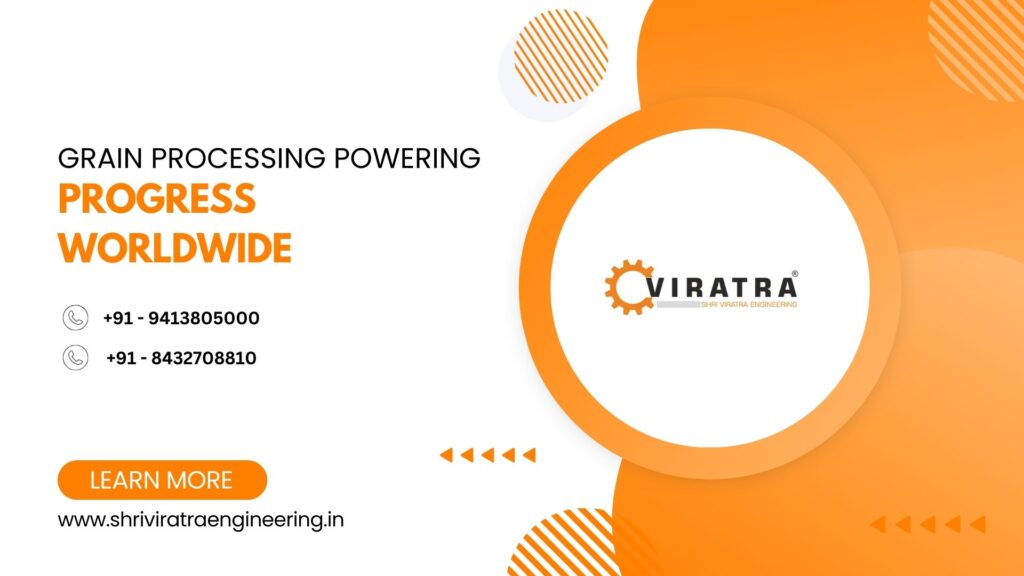The H-1B visa is one of the most sought-after work visas for skilled professionals aspiring to work in the United States. It serves as a bridge for individuals in specialized fields such as IT, finance, medicine, architecture, and science to gain employment in the US while providing employers access to global talent. This visa category is highly competitive due to its annual cap and selection through a lottery system, making it crucial for applicants and employers to navigate the process carefully.
Why Apply for the H-1B Visa?
The H-1B visa provides numerous advantages, including the opportunity to earn significantly higher salaries in USD, a direct path to obtaining a Green Card, and the ability to settle in the US with family. The visa allows holders to work legally in the US, change employers if necessary, and extend their stay beyond the initial three-year validity up to a maximum of six years. Additionally, dependents of H-1B holders can accompany them under the H-4 visa, with spouses potentially eligible for work authorization under specific conditions.
H-1B Visa Process
The H-1B visa process begins with a US employer filing a petition with the United States Citizenship and Immigration Services (USCIS) on behalf of the prospective employee. The process involves obtaining Labor Condition Application (LCA) approval from the Department of Labor (DOL) to ensure fair wage conditions for both US and foreign workers. Due to high demand, a lottery system is implemented to randomly select applicants when the number of petitions exceeds the annual cap of 65,000, with an additional 20,000 reserved for those holding advanced degrees from US institutions.
If selected in the lottery, USCIS reviews the petition and may request additional evidence before approval. Approved applicants must then apply for the visa at a US embassy or consulate and attend an interview. Upon approval, they can enter the US and begin employment. Notably, H-1B visa holders have the flexibility to change employers, provided the new employer files a new petition.
H-1B Visa Lottery System
Since the number of applications often exceeds the visa cap, the H-1B visa is subject to a lottery system. The registration for the lottery typically takes place in March and August, with the selection process being randomized. If selected, applicants receive notifications through their USCIS accounts and can proceed with filing their petitions.
Visa Validity and Extensions
The H-1B visa is initially granted for three years and can be extended for an additional three years, totaling six years. Upon reaching this limit, applicants must either change their visa status, return to their home country, or apply for permanent residency (Green Card). Failure to maintain legal status may lead to deportation.
Eligibility and Documentation Requirements
To qualify for the H-1B visa, applicants must have a valid passport, a Bachelor’s or Master’s degree, relevant work experience, and a job offer from a US employer. The application process follows a point-based system, where education and work experience contribute to meeting the minimum required points.
Required documents include:
- Form DS-160 application
- Approved Labor Certificate
- Educational and professional credentials
- Offer letter from a US employer
Challenges for Applicants and Employers
Despite its advantages, the H-1B visa process poses challenges for both applicants and employers. The lottery system makes selection uncertain, and the documentation process is rigorous. Additionally, changing immigration policies can impact application outcomes. Employers face high costs associated with sponsorship, compliance with labor regulations, and the risk of audits by the DOL. Requests for Evidence (RFEs) have also increased, making the process more complex.
Best Time to Apply and Processing Time
The best time to apply for the H-1B visa is early in the year, as USCIS starts accepting petitions on April 1 for the upcoming fiscal year beginning October 1. Preparation, including labor condition approvals and documentation, should start months in advance. Processing times vary, with regular processing taking 2-6 months, while premium processing can expedite decisions within 15 days for an additional fee.
H-1B Visa Application from India
Indian applicants must complete the Non-immigrant Visa Electronic Application (DS-160), pay the visa fee, and schedule appointments for biometric submission and an interview at a US consulate. Essential documents include a valid passport, job offer letter, educational credentials, and supporting evidence of work experience.
H-1B Visa Costs
The H-1B visa application involves several fees, including:
- Registration fee: $215
- Petition filing fee: $460-$780
- Anti-fraud fee: $500
- Premium processing fee (optional): $2,805
- Public Law 114-113 fee: $4,000 (for certain employers)
- Attorney and training fees: Vary by employer
Conclusion
The H-1B visa remains a highly desirable pathway for skilled professionals seeking career growth in the US. While it offers significant opportunities, it requires careful planning, thorough documentation, and compliance with immigration laws. Employers and applicants must stay informed about policy changes and seek legal assistance to improve their chances of success. With proper preparation, the H-1B visa serves as a stepping stone for many professionals aiming to work and settle in the United States.

